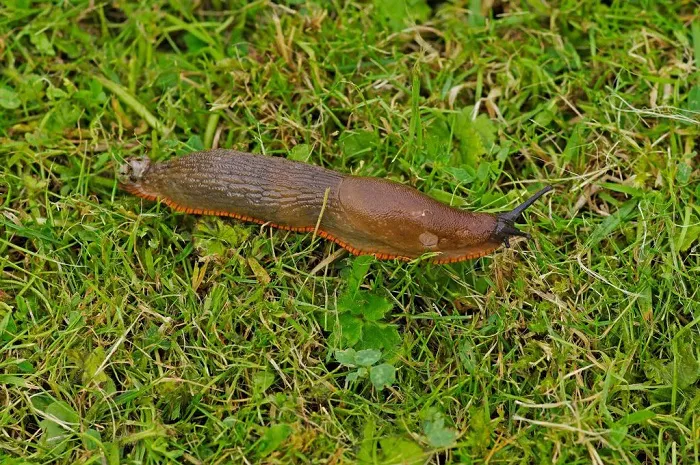Gardening enthusiasts may be all too familiar with the slimy trails left by slugs. These creatures are hard to avoid, but according to Monty Don, a renowned gardening expert, an overabundance of slugs in your garden could indicate a deeper issue.
One major problem with slugs is their voracious appetite. They are omnivorous, consuming a wide range of materials, from decaying animals and human waste to various fruits, vegetables, and flowers. Seedlings, in particular, are a favorite target due to their tender, nutrient-rich leaves.
While it’s normal to find some slugs outdoors, an excessive number can be concerning. Slugs can not only damage plants but also introduce diseases such as rat lungworm, a parasitic nematode that can cause severe health issues in humans, including brain inflammation.
Many gardeners are tempted to use pesticides to combat slug infestations. However, these chemicals can pose a threat to wildlife and the environment. Instead, it’s better to address the root cause of the problem.
Monty Don suggests that overwatering plants could be a contributing factor. In his blog, he writes, “Do not feed plants any more than is absolutely necessary and always feed the soil, not the plant. This will avoid a spurt of soft, sappy growth that slugs love.” Excess food and nutrients not absorbed by plants can attract slugs, as can new shoots and fresh growth.
If reducing watering doesn’t solve the problem, there are other effective methods to manage slug populations. One solution involves using copper bands around plants. Slugs dislike copper because it reacts with their mucus, creating a sensation similar to an electric shock.
Another method is to create a beer trap. Fill a small container, such as a jam jar, with beer and place it near your plants. The yeast in the beer attracts slugs, which will fall into the container and drown.
By addressing the underlying causes and employing these natural methods, gardeners can effectively manage slug populations and protect their gardens without resorting to harmful chemicals.


